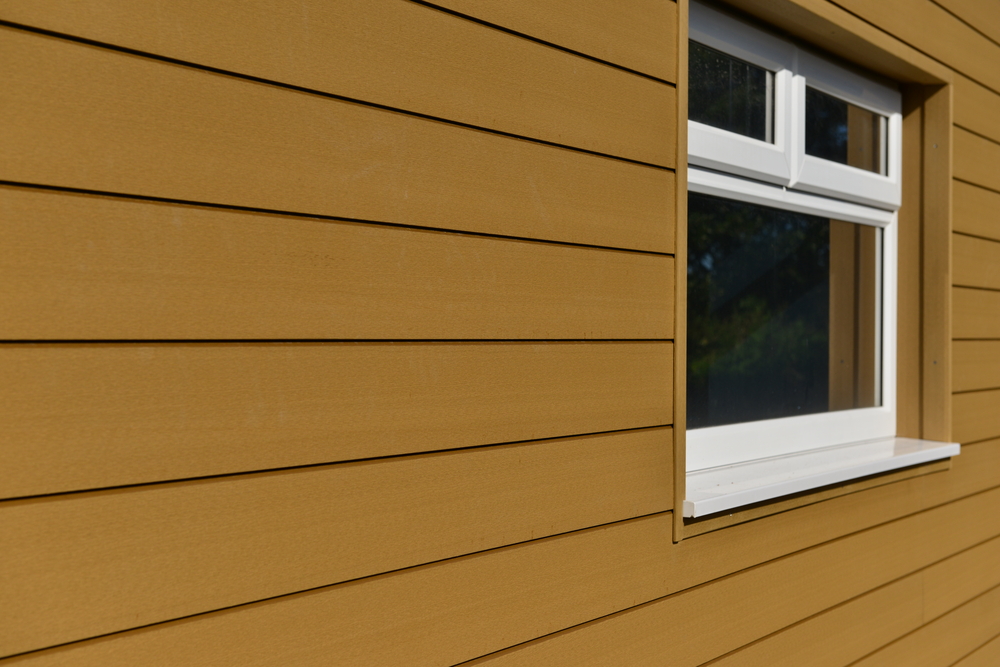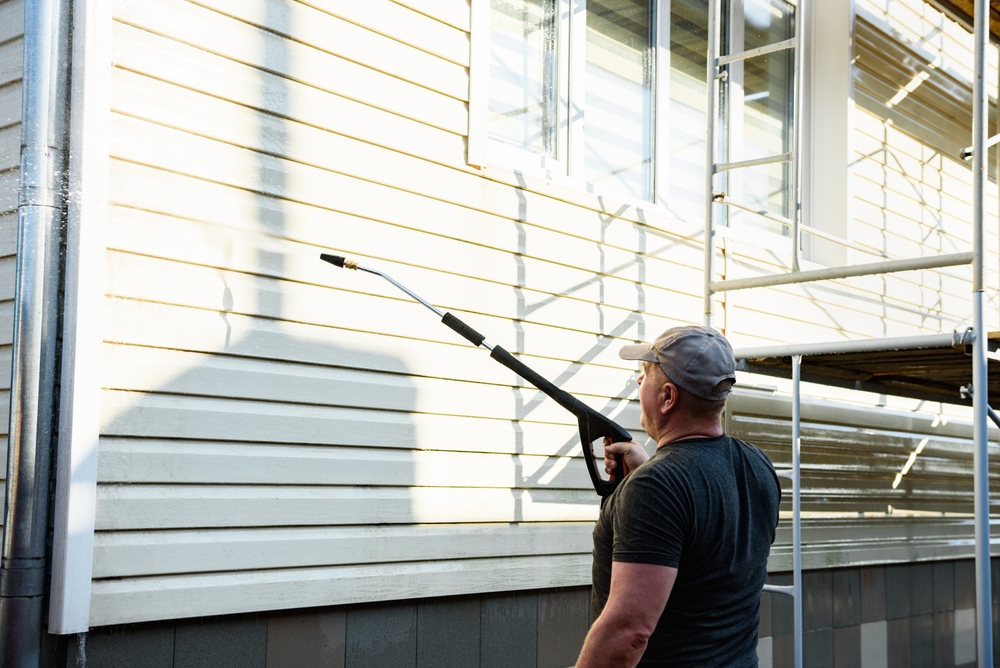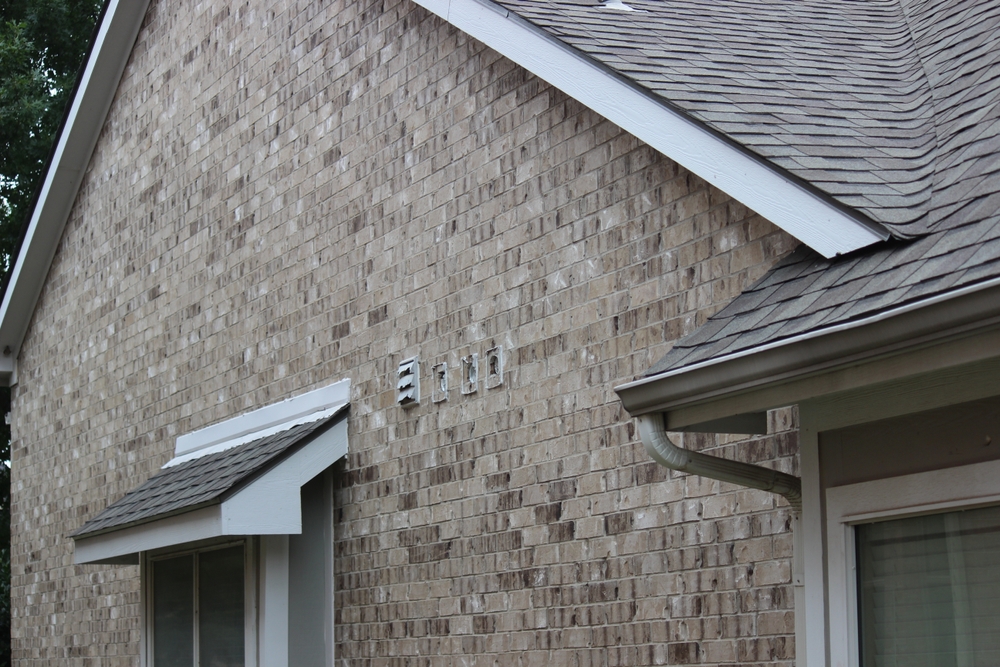Siding is a crucial component of a home’s exterior, providing protection from the elements and enhancing its aesthetic appeal. With a wide variety of materials and styles available, choosing the right siding can be a daunting task for homeowners. In this article, we will explore some of the most popular siding styles for different types of materials, including vinyl, wood, metal, and fiber cement.
For vinyl siding, we will discuss styles such as horizontal and vertical panels, board and batten, shake, scallop, and Dutch lap. Vinyl siding is a popular choice for its affordability, low maintenance, and versatility in style options.
For wood siding, we will discuss styles such as clapboard, shingles, board and batten, tongue and groove, log, and shake. Each of these styles offers a unique look that can complement a range of architectural styles, from traditional to modern.
For metal siding, we will explore styles such as vertical and horizontal panels, corrugated, shingles, standing seam, and metal tiles. Metal siding is a durable and low-maintenance option for homeowners who want a sleek and modern look for their homes.
Finally, we will look at fiber cement siding styles, including lap siding, shingles, board and batten, stucco, vertical panels, and rustic. Fiber cement siding is a popular choice for homeowners who want a low-maintenance and durable option that can mimic the appearance of natural wood, stone, or stucco.
By exploring the various styles available for each type of siding material, homeowners can make an informed decision based on their preferences, budget, and the climate in their area. Whether you’re building a new home or updating an existing one, the right siding can transform your home’s exterior and increase its value.
Vinyl Siding
Vinyl siding is a popular choice for homeowners because it is durable, low-maintenance, and comes in a wide variety of styles. Here are some common siding styles for vinyl:
- Clapboard: This style is also known as horizontal or traditional siding. It features long, narrow boards that overlap each other to create a classic look. Clapboard siding is available in different textures, such as smooth or wood-grain, to mimic the appearance of natural wood.
- Dutch lap: Similar to clapboard, Dutch lap siding has a slight curve or groove cut into the top edge of each board, creating a shadow line that adds depth and visual interest. This style is also known as cove or beaded siding.
- Board and batten: This style features alternating wide and narrow vertical boards, with a narrow strip (or batten) covering the seam between each board. Board and batten siding is often used to create a rustic or farmhouse look.
- Shake or shingle: This style imitates the appearance of hand-split cedar shakes or shingles. Vinyl shake siding is available in different shapes, such as half-round or scalloped, to create a unique look.
- Scalloped: This style features rounded or wavy edges, giving the appearance of overlapping scallops. Scalloped siding is often used on gables or other architectural features to add visual interest.
- Insulated: Insulated vinyl siding features a layer of foam insulation that can improve energy efficiency and reduce noise transmission. This type of siding is available in various styles, including clapboard, board and batten, and shingle.

When choosing a vinyl siding style, consider the architectural style of your home, the climate in your area, and your personal preferences. With so many options available, you can find a vinyl siding style that complements your home’s design and enhances its curb appeal.
Wood Siding
Wood siding is a classic and versatile option for homes, with a variety of styles to choose from. Here are some common siding styles for wood:
- Clapboard: Also known as lap siding, clapboard siding features long, narrow boards that overlap each other. It creates a clean, classic look that’s ideal for traditional or colonial-style homes.
- Shingles: Wood shingle siding features thin, rectangular pieces of wood that are stacked to create a uniform, textured appearance. This style is popular for Cape Cod-style homes and beach houses.
- Board and batten: This style features wide boards that are joined by narrower strips, or battens. The resulting vertical lines create a rustic, farmhouse look that’s perfect for rural or country homes.
- Tongue and groove: This style features interlocking boards that fit together tightly, creating a seamless and smooth surface. It’s a popular option for modern and contemporary homes.
- Log: Log siding mimics the appearance of a log cabin, with long, thick pieces of wood that are stacked to create a rustic, natural look. This style is often used for vacation homes and cabins.
- Shake: Wood shake siding features irregularly shaped pieces of wood that are split or sawn to create a textured surface. It’s a popular option for Tudor-style homes and cottages.

When choosing a wood siding style, consider the climate in your area, the maintenance required for each style, and the overall aesthetic of your home. Wood siding requires regular maintenance to prevent rot, decay, and insect damage, but can provide a beautiful and timeless look for your home.
Metal Siding
Metal siding is a durable and low-maintenance option for homes, with a variety of styles to choose from. Here are some common siding styles for metal:
- Vertical panels: This style features long, narrow panels that run vertically up the side of a building. It creates a modern and minimalist look that’s popular for commercial buildings and contemporary homes.
- Horizontal panels: Similar to vertical panels, this style features long, narrow panels that run horizontally along the length of a building. It creates a clean, simple look that’s popular for modern and industrial-style homes.
- Corrugated: Corrugated metal siding features ridges and grooves that add texture and visual interest. It’s a popular option for barns, sheds, and other agricultural buildings, but can also be used for modern and industrial-style homes.
- Shingles: Metal shingle siding mimics the appearance of traditional roofing shingles, but is made of metal for added durability and low maintenance. It’s a popular option for homes with a traditional or rustic style.
- Standing seam: Standing seam metal siding features raised seams that run vertically up the length of each panel. The resulting shadow lines create a sleek and modern look that’s popular for contemporary homes.
- Metal tiles: Metal tile siding features interlocking metal tiles that can mimic the appearance of natural slate, clay, or concrete tiles. It’s a durable and low-maintenance option for homes with a traditional or Mediterranean style.

When choosing a metal siding style, consider the climate in your area, the energy efficiency of each style, and the overall aesthetic of your home. Metal siding is durable and long-lasting, but can be prone to denting and scratching if not properly maintained.
Fiber Cement
Fiber cement siding is a popular option for homeowners who want a low-maintenance and durable siding material that can mimic the appearance of natural wood, stone, or stucco. Here are some common siding styles for fiber cement:
- Lap siding: Lap siding, also known as clapboard siding, features long, narrow boards that overlap each other to create a classic look. Fiber cement lap siding is available in different textures, such as smooth or wood-grain, to mimic the appearance of natural wood.
- Shingles: Fiber cement shingle siding features thin, rectangular pieces of fiber cement that are stacked to create a uniform, textured appearance. It can mimic the appearance of natural cedar shingles or other types of roofing materials.
- Board and batten: Fiber cement board and batten siding feature wide boards that are joined by narrower strips, or battens. The resulting vertical lines create a rustic, farmhouse look that’s perfect for rural or country homes.
- Stucco: Fiber cement stucco siding mimics the appearance of traditional stucco, with a textured surface that can be painted in a variety of colors. It’s a popular option for homes with Mediterranean or Spanish-style architecture.
- Vertical panels: Fiber cement vertical panel siding features long, narrow panels that run vertically up the side of a building. It creates a modern and minimalist look that’s popular for commercial buildings and contemporary homes.
- Rustic: Rustic fiber cement siding features a rough, textured surface that can mimic the appearance of natural stone or weathered wood. It’s a popular option for homes with rustic or log cabin-style architecture.

When choosing a fiber cement siding style, consider the climate in your area, the maintenance required for each style, and the overall aesthetic of your home. Fiber cement siding is durable and long-lasting but can be heavy and difficult to install without professional help.
Conclusion
Your home’s exterior is the first thing people see, and it can make a lasting impression. With so many siding materials and styles available, it’s essential to do your research and consider all factors before making a decision.
Wood siding offers a classic, timeless look that can complement a range of architectural styles. However, it requires regular maintenance and may not be the most practical choice in areas with harsh weather conditions.
Metal siding is a durable and low-maintenance option that can give your home a sleek, modern look. However, some metals can rust, and the cost may be higher than other materials.
Fiber cement siding offers a low-maintenance and durable option that can mimic the appearance of wood, stone, or stucco. It’s an excellent choice for homeowners who want a long-lasting option without the high maintenance of wood siding.
Vinyl siding is the most popular choice for homeowners due to its affordability, low maintenance, and versatility in style options. It’s an excellent choice for those on a budget or who want a low-maintenance option.
In conclusion, the right siding can transform your home’s exterior and increase its value. Consider all factors and choose the material and style that best fits your budget, climate, and personal preferences. With so many options available, there’s no reason not to have the home of your dreams.




